Revolutionizing Disinfection: The Science Behind Hydroxyl Radical Technology and Its Unmatched Efficacy
Hydroxyl radical (OH˙) technology is a powerful way to kill germs, using advanced oxidation processes (AOP) to clean surfaces and air. Peer-reviewed scientific studies show its impressive performance across dental offices, hospitals, various healthcare settings, and other places that require high levels of cleanliness. It also provides a chemical-free alternative to traditional disinfectants.
How do Hydroxyl Radical Technologies Work?
Hydroxyl radicals are tiny, super-reactive molecules that act like nature’s cleaning crew. They break down germs by attacking their outer layers, damaging their proteins and DNA, and making them harmless. Think of them like microscopic Pac-Man, quickly chomping up bacteria, viruses, and other harmful stuff in the air and on surfaces. Unlike chemical disinfectants, they don’t leave behind toxic residues, making them a safer and more natural way to clean.
Hydroxyl radicals do this through AOP; the processes trigger chain reactions that oxidize organic compounds in microbial cell membranes, proteins, and genetic material[1][2]. This "respiratory explosion" effect develops additional radicals, accelerating pathogen destruction[2]. Unlike chlorine-based disinfectants, OH˙ operates at concentrations as low as 0.8 mg/l, making it 10,000 times more efficient than conventional methods, while leaving no cytotoxic residues[1][2].
Efficacy Against Pathogens
Bacterial Reduction
Scientific studies have shown that hydroxyl radical (OH˙) technology is highly effective at reducing harmful microbes in various environments. Research conducted in dental clinics, hospitals, and other high-risk settings demonstrates its ability to eliminate bacteria, viruses, and biofilms from air and surfaces. The following studies highlight its success in different locations, proving its potential as a game-changer in disinfection.
Surface disinfection: OH˙ technology reduced total aerobic bacteria by 76.9% on dental clinic surfaces[3].
Airborne pathogens: Airborne Staphylococcus and molds/yeasts decreased by 71.4% and 66.7%, respectively[1][3].
Biofilm disruption: Photolysis of H₂O₂ to generate OH˙ achieved >99.99% reduction of Streptococcus mutans in biofilms within 3 minutes[4].
Viral Inactive
An additional trial found no SARS-CoV-2 on face shields after OH˙ treatment[3]. The technology’s broad-spectrum oxidative damage suggests high efficacy against enveloped and non-enveloped viruses[2].
Comparative Advantages Over Traditional Methods
A systematic review of 8 studies highlighted OH˙’s superiority in reducing microbial counts compared to chemical disinfectants[5]. Key benefits include:
| Factor | Hydroxyl Radicals | Traditional Chemicals |
|---|---|---|
| Residual toxicity | None | Often cytotoxic |
| Concentration Required | 0.8 mg | Up to 10,000x higher |
| Environmental Impact | Mineralizes Pollutants | Generates harmful byproducts |
Applications in High-Risk Settings
Dental clinics, where aerosolized pathogens are prevalent, benefit significantly:
Air disinfection: OH˙ systems reduced airborne bacterial colonies by >70%[1][3].
Surface safety: Combined air-surface treatment minimizes cross-contamination risks[1].
Safety Note
OH˙ technology operates at ozone concentrations <0.02 ppm, compliant with WHO safety guidelines[2].
Radical Clean Solutions
In support of these safety and efficacy claims, Radical Clean Solutions—now a key partner of Covspect[6]—has introduced a series of advanced hydroxyl-based disinfection systems that showcase the robust capabilities of this technology. Their flagship product line includes an HVAC In-Duct Retro-Fit System, a powerful solution for building-wide air purification; a Room Size Hydroxyl Generator designed for localized, high-volume environments; a School and Transit Hydroxyl Generator tailored to motor vehicle design; and a Wall Mount System for compact yet continuous disinfection (two options, 1: up to 1,500 ft3 and a 2: up to 2,500ft3). These systems meet stringent safety guidelines and provide scalable, non-toxic solutions that align with growing demands for cleaner air and surfaces across educational, healthcare, and public transit sectors.
Conclusion
Hydroxyl radical technology is proving a groundbreaking advancement in disinfection, offering a highly effective, chemical-free way to eliminate harmful pathogens in various environments. With strong scientific backing, its ability to reduce bacteria, viruses, and biofilms in healthcare settings, dental offices, and other high-risk areas makes it a promising alternative to traditional disinfectants. OH˙ technology has the potential to redefine hygiene standards, providing a safer, more efficient way to maintain cleanliness. As more industries adopt this innovative approach, we may see a future with superior disinfection and reduced reliance on harsh chemicals.
- Britt Hafner & Steven Grabenheimer
[1] https://pmc.ncbi.nlm.nih.gov/articles/PMC10765329/
[2] https://www.airtecnics.com/technology/hydroxyl-radicals-technology
[3] https://pubmed.ncbi.nlm.nih.gov/37471297/
[4] https://journals.asm.org/doi/10.1128/aac.00751-10
[5] https://pmc.ncbi.nlm.nih.gov/articles/PMC10306383/
[6] https://www.covspect.com/bio-store/radical-clean-solutions



